The World Health Organization has said that in 2023 and 2024, El Nino could increase the transmission of dengue fever and other arboviruses such as Zika, Chikungunya, and Japanese encephalitis. Climate change also promotes mosquito breeding and increases mosquito-borne infectious diseases.
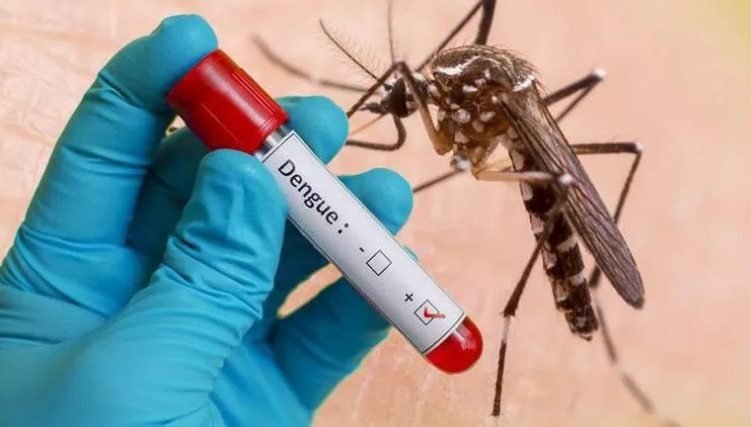
Dengue fever tends to increase in many localities.
Vietnam is a tropical country with a hot and humid climate and is located in an area with a high prevalence of mosquito-borne diseases. According to the forecast of the National Center for Hydro-Meteorological Forecasting, the El Nino phenomenon is highly likely to occur in the second half of 2023.
In addition, the weather is now entering the rainy season, creating favorable conditions for disease-carrying mosquitoes to thrive.
According to the latest guidelines from the Ministry of Health , dengue fever is an infectious disease caused by the dengue virus. There are four serotypes of the dengue virus: DEN-1, DEN-2, DEN-3 and DEN-4. The virus is transmitted from infected people to healthy people through mosquito bites. The Aedes aegypti mosquito is the main vector.
The disease occurs year-round, often increasing during the rainy season. The disease occurs in both children and adults. The characteristics of dengue hemorrhagic fever are fever, bleeding and plasma leakage, which can lead to hypovolemic shock, blood clotting disorders, organ failure, and if not diagnosed early and treated promptly, can easily lead to death.
Dengue fever has diverse clinical manifestations, progressing rapidly from mild to severe. The disease usually starts suddenly and progresses through three stages: febrile stage, dangerous stage and recovery stage. Early detection of the disease and understanding the clinical problems in each stage of the disease helps in early diagnosis, correct and timely treatment, in order to save the patient's life.
In the Guidelines for Diagnosis and Treatment of Dengue Fever, the Ministry of Health notes that medical facilities should consider hospitalization in the following cases:
- Live alone.
- House is far from medical facilities, cannot be hospitalized in time when illness becomes serious.
- Family is not able to monitor closely.
- Infants.
- Overweight, obesity.
- Pregnant women.
- Elderly (≥60 years old).
- Associated chronic diseases (kidney, heart, liver, asthma, poorly controlled COPD, diabetes, hemolytic anemia...).
According to Associate Professor, Dr. Do Duy Cuong, Center for Tropical Diseases, Bach Mai Hospital ( Hanoi ), to accurately diagnose dengue fever patients as well as the level of thrombocytopenia, a fairly simple blood test is required and results are given quickly within a few hours.
In healthy people, the average platelet count is 150-450G/L. When dengue fever occurs, a blood test will show a decrease in white blood cell count, a decrease in platelet count, and an increase in hematocrit (concentrated blood). The dangerous level is when platelets drop below 50G/L.
Associate Professor Cuong also recommends: " Patients need to see a doctor immediately if their platelet count drops rapidly, there are signs of bleeding (nosebleeds, bleeding gums, bleeding on the skin...), there are signs of blood concentration (cold hands and feet, vomiting, abdominal pain in the liver area...). Platelet transfusions are only performed when they drop below 5G/L or there are signs of bleeding."
Source




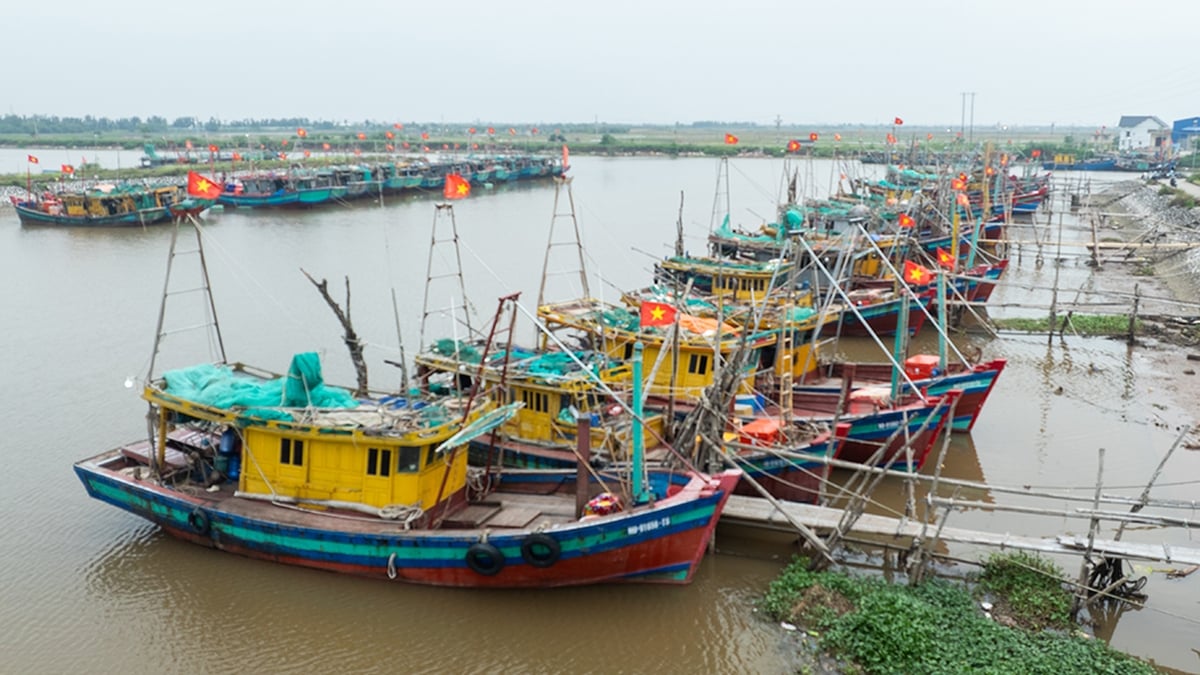



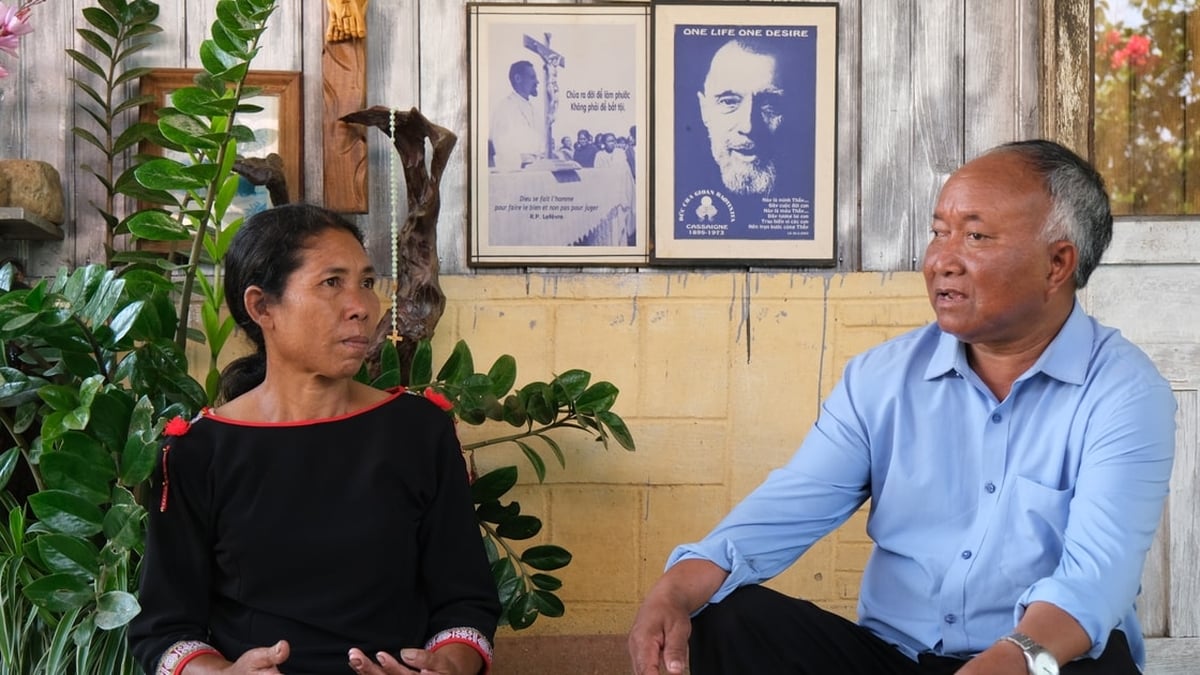

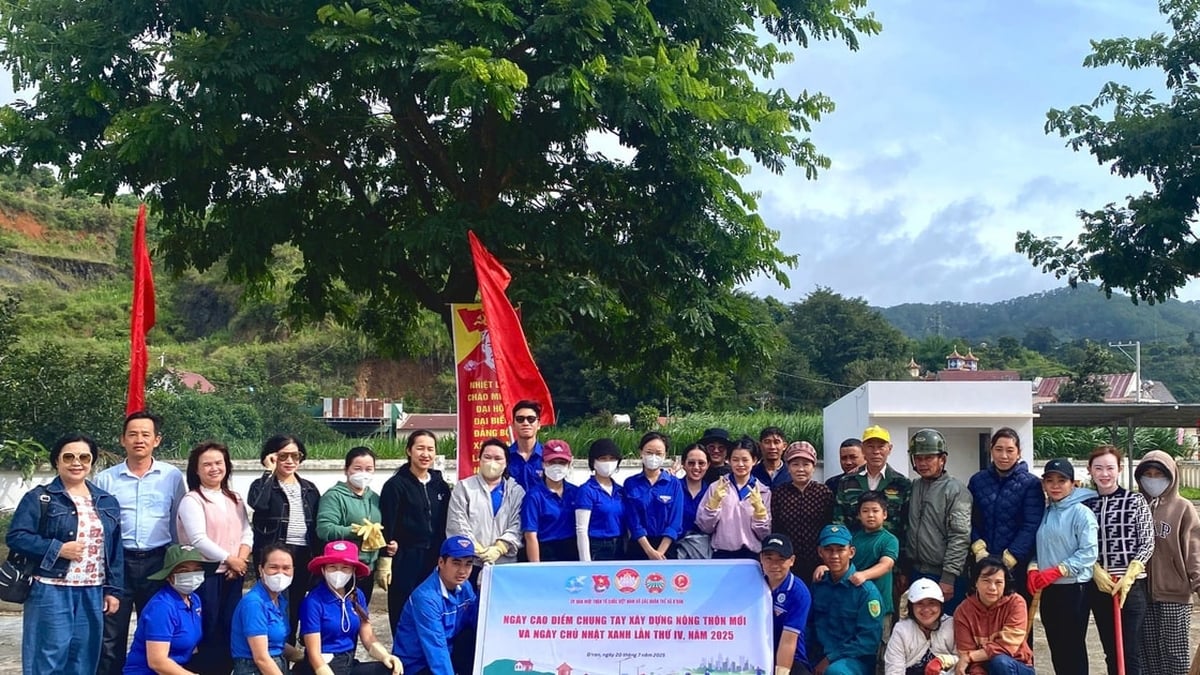
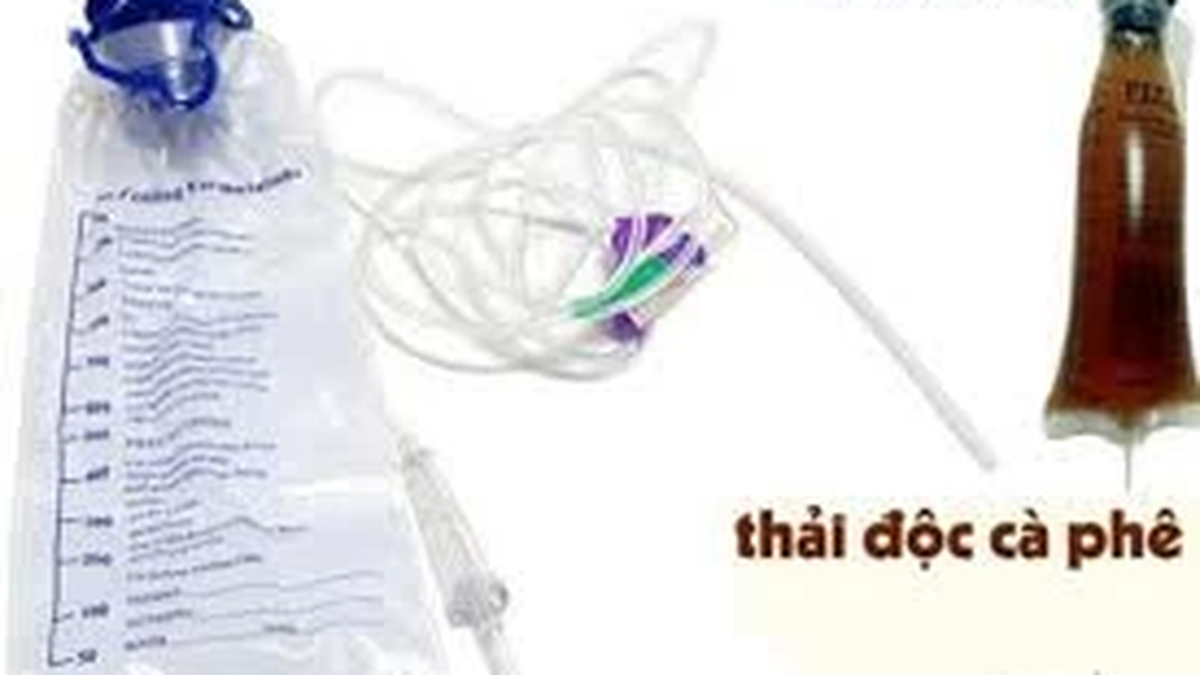












![[Photo] National Assembly Chairman Tran Thanh Man visits Vietnamese Heroic Mother Ta Thi Tran](https://vphoto.vietnam.vn/thumb/1200x675/vietnam/resource/IMAGE/2025/7/20/765c0bd057dd44ad83ab89fe0255b783)









































































Comment (0)